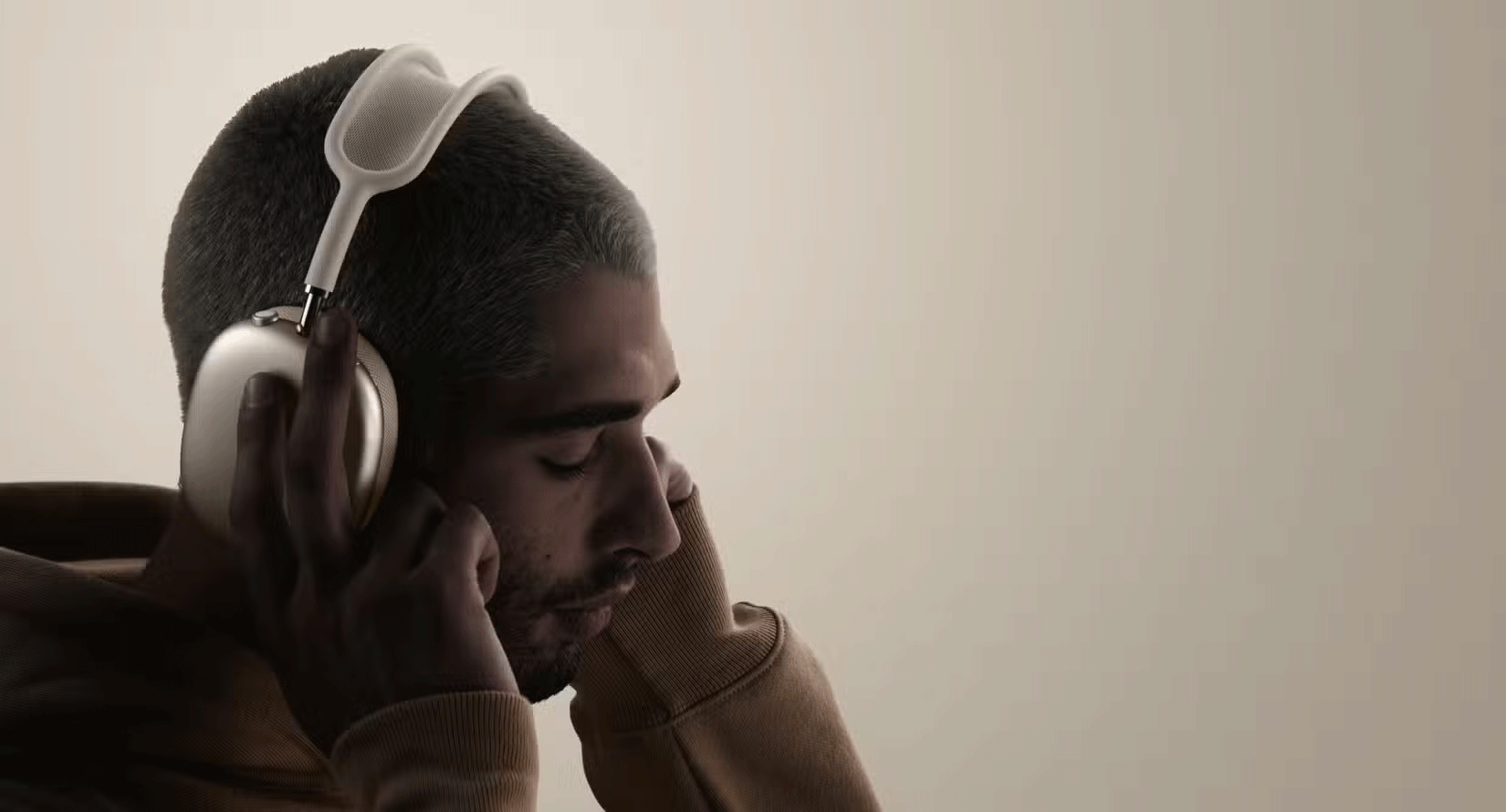Why do many people think Spatial Audio is completely meaningless?
Spatial Audio is everywhere. From Apple's AirPods Pro to Sony's 360 Reality Audio, it's being touted as the next big standard in audio technology. But many people think it's an overhyped gimmick, and here's why.
What is Spatial Audio?

Spatial Audio is a technology used to create a three-dimensional sound experience. It uses advanced algorithms and, in some cases, head tracking features (like Apple's AirPods Max) to make it feel like sound is coming from all around you — in front, behind, above, and even below. The idea is to mimic the way we hear in real life, where sound has direction and depth.
For example, if you're watching a movie on your iPhone with Spatial Audio enabled and you turn your head, the sound will shift to make it feel like it's anchored to the screen. With music, the goal is to place instruments and vocals in virtual space around your head, rather than just splitting the sound between your left and right ears, like traditional stereo.
Sounds impressive, right? In theory, yes. But here's the thing: Spatial Audio relies heavily on specific hardware and software to work properly. If you're not using compatible devices or listening to content that's been specifically mixed for Spatial Audio, the effect won't be as expected. Even when it does work, the results are inconsistent. For example, Apple's Spatial Audio works best with its own headphones, leaving everyone else with a poor experience.
Hype vs reality

Tech companies are good at selling users the dream. Apple calls Spatial Audio a 'theater for your ears,' while Dolby touts its ability to create 'immersive soundscapes.' But when you peel back the layers of marketing language, the experience doesn't quite live up to the hype.
First, there's the hardware. For example, Apple's Spatial Audio only works with certain headphones like the AirPods Pro or AirPods Max. Even listening to Spatial Audio on a Mac requires newer Mac models and headphones, making it difficult to get. Dolby Atmos also requires specific hardware; not all devices handle it equally well.
Then there's the content. Movies, music, and games need to be mixed separately for Spatial Audio. Otherwise, you might just be hearing "spatial stereo."
Sure, Spatial Audio can be impressive in a carefully curated demo. The explosions in an action movie or the layered sound of a live concert can be overwhelming. But for your everyday playlist or podcast? Most of it is overkill. Do we really need 3D audio for a casual Taylor Swift track or episode of our favorite crime drama? Probably not.
Finally, let's talk about cost. Spatial Audio isn't cheap. Between high-end headphones, premium streaming services, and compatible devices, the cost adds up quickly. And for what? A slightly more 'immersive' experience that most people won't even notice or care about.
Why do people still prefer stereo?

Stereo has been the gold standard for decades, and for good reason. Stereo is simple, reliable, and universally compatible. You don't need special headphones, fancy setups, or specific content to enjoy it.
Stereo sound delivers a clear, balanced soundstage with separate left and right channels. Whether listening to music, watching movies, or playing games, stereo sound delivers a consistent and enjoyable experience across virtually any device.
Perhaps the most beloved feature about stereo is its simplicity. It doesn't rely on head tracking, 3D algorithms, or other technological wizardry to create an immersive experience. Instead, it focuses on the basics: Clear vocals, crisp instruments, and balanced mixes. That's it!
Some proponents of Spatial Audio argue that it may have more applications. While this sounds promising, good music in any format—including stereo—can be equally effective at promoting relaxation.
You should read it
- Fix error of not enabling spatial audio on AirPods Pro
- How to enable Spatial Sound in Windows 11
- Google is about to bring the Spatial Audio feature to Chromebooks
- This iPhone 16 Feature Will Make Your Videos Sound Better
- What is spatial computing? applications of spatial computing
- 9 Best USB Audio Interface
- What's the difference between 16-bit, 24-bit and 32-bit audio?
- Download GOM Audio: A free, lightweight and easy-to-use audio player
May be interested
- The 9 Biggest Problems with DALL-E
 while dall-e has made significant strides since its initial release, it is far from perfect. the art creation tool has a number of issues that need to be addressed, many of which become more apparent with regular use.
while dall-e has made significant strides since its initial release, it is far from perfect. the art creation tool has a number of issues that need to be addressed, many of which become more apparent with regular use. - Surprising Fact: Tank Gun Barrel Lifespan Is Only 6 Seconds
 not everyone knows that a tank gun barrel only has a lifespan of 6 seconds even though this weapon can serve for 30 years or more.
not everyone knows that a tank gun barrel only has a lifespan of 6 seconds even though this weapon can serve for 30 years or more. - How to Fix the Error of Watching Videos with Green Stripes Highly Effectively
 watching videos with green stripes makes you uncomfortable? how to solve these videos with green stripes? your question will be answered
watching videos with green stripes makes you uncomfortable? how to solve these videos with green stripes? your question will be answered - Free Pascal - 3.2.2
 free pascal is a complete, flexible and open source pascal compiler. it can target many processor architectures: intel x86 (16 and 32 bit), amd64/x86-64, powerpc, powerpc64, sparc, sparc64, arm, aarch64, mips, motorola 68k, avr and jvm.
free pascal is a complete, flexible and open source pascal compiler. it can target many processor architectures: intel x86 (16 and 32 bit), amd64/x86-64, powerpc, powerpc64, sparc, sparc64, arm, aarch64, mips, motorola 68k, avr and jvm. - How to delete files and folders using Linux command line
 in linux, the rm command is used to delete files and directories.
in linux, the rm command is used to delete files and directories. - Microsoft Edge Game Assist is now available, what's new?
 back in late november 2024, microsoft announced edge game assist—a new feature that makes it easier to browse the internet while playing games on your computer.
back in late november 2024, microsoft announced edge game assist—a new feature that makes it easier to browse the internet while playing games on your computer.






 What is 3D Positional Audio? Is it different from Spatial Audio?
What is 3D Positional Audio? Is it different from Spatial Audio? How to set up Spatial Sound with Dolby Atmos on Windows 10
How to set up Spatial Sound with Dolby Atmos on Windows 10 Fix error of not enabling spatial audio on AirPods Pro
Fix error of not enabling spatial audio on AirPods Pro How to enable Spatial Sound in Windows 11
How to enable Spatial Sound in Windows 11 Google is about to bring the Spatial Audio feature to Chromebooks
Google is about to bring the Spatial Audio feature to Chromebooks